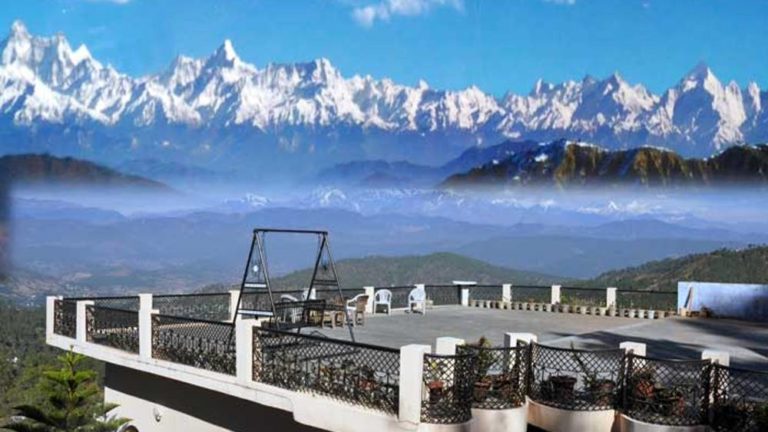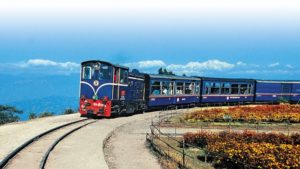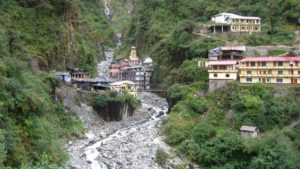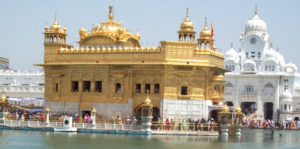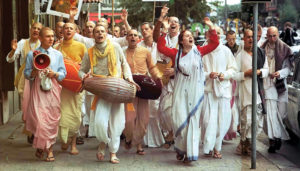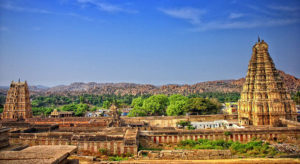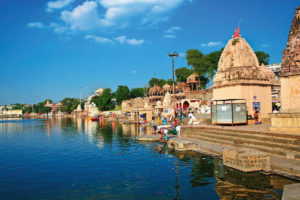In A Room with a View, the 1985 film based on EM Forster’s novel, the heroine, Lucy Honeychurch stays at a hotel while on holiday in Florence. She was disappointed that her room lacked a view of the Arno, the most important river of Italy, as promised. She exchanges rooms with another person and as it turns out Lucy finds her room with a view after all, both literally and figuratively – by marrying the guy.
But on a holiday you’ll neither have the time nor the chance to meet the perfect guy to exchange your room. Here are my uncanny trick and tips of always getting a room with a view.
There were times when I booked a hotel room over the phone or through an agent only to regret it later. Not because there’s usually many a slip twixt the cup and the lip, but because of the fact that the room allotted to me could not offer a breathtaking view from the window or the balcony. But on occasions when the trip was taken on an impulse and I had to book it on the spot, I managed to get a room of my choice and came back home with memories to fall back on.
Let me briefly recount what happened at Kausani, a hill-station in Uttarakhand, and then at Manikaran in Himachal Pradesh. On reaching Kausani from Almora we tried a few hotels but somehow none of them could satisfy us in terms of the unobstructed view of the mountain ranges from the room itself. Then one steep bend above Gandhi Ashram, up a very narrow approach road, our car entered the Hotel Krishna compound. By then it was already dark. When we went to check the room we could see the mist hanging low in the Someshwar Valley and beyond it the faint silhouette of undulating massif all across the horizon. You had just to draw the blinds aside, and there it was, eloquently silent and imposing.
After dinner, I took a leisurely walk at the lawn fronting the rooms all of which were mountain-facing, and then sat under a shed, soaking in the profound stillness oozing out of the valley and the pine trees. I went back to our room and remained awake till midnight watching the night fall as I felt distinctly the presence of an all-encompassing spirit getting hold of my being. I left the curtains partially open before going to bed.
When the dawn broke next morning and my eyes parted open, I noticed a faint crimson glow the colour of fresh molten lava on the tip of the topmost cliff piercing the blue, and then the colour began to slowly spread along the neighbouring summits. We could see right from within our room the peaks of Panchachuli, Trishul, Nanda Devi, Chaukhamba being gloriously painted as if by an unseen hand. Soon the colours faded away and the mountains then exuded another magical mood which kept changing as the minutes skipped by.
I once asked gifted travel writer Bill Aitken (Bill turns 88 this year) about his experience when he succeeded in taking a look at Nanda Devi peak up close, and he said: “Nanda Devi was like a cathedral with the peaks all around, the sun striking first Nanda Devi in the early morning, then, slowly, the other peaks. At that moment I had an altered consciousness, sort of higher gear. Now you could not see ‘I’ because the ‘I’ was not there. This is the whole point of experience. You just merged with the infinitude of what life actually is if we’re all enlightened. Momentarily I understood what the Buddha did. It lasted for an hour perhaps. The whole body was aware of itself as a universal being. It was an out-of-body experience, almost.”
We had a similar kind of experience while touring Himachal Pradesh. Our visit to this state was initially restricted to Shimla, Kullu and Manali in the main. The decision to add Manikakaran to the list was taken when we were at Manali. So we wrapped up our planned engagements a bit early to make a little room for Manikaran so that we could stay there at least for one night.
During the journey from Mandi to Manikaran we simply could not take our eyes off the mountain scapes sprinkled with freshly fallen snow with the river Beas showing up between the hiils and the valleys now to the right, now to the left; and then the pagodas and temples on mountain spurs and ridges, not to forget the sweeping view of apple orchards along the way.
When we got to Manikaran Sahib temple in the afternoon, we felt chilled to the bone. It was January, and the temperature was sub-zero. It was a cold of a different kind. We were togged out in our special winter attire but it somehow seeped in!
The sight of Parvati River, which is fed by Mantali Lake formed by the snowmelt from the glaciers located deep inside Parvati valley, kept us rooted to the spot. The hot spring on one side of the river right near the temple and the freezing cold babbling water on the other side mystified us.
A couple of kilometers away from the temple, we checked in at Sandhya Hotel near Kasol market. Looking at its big picturesque parking lot, we thought the hotel’s rooms would be on par and quite spacious too. We were not mistaken. There was no question of opening the window. We just moved the window-curtains slightly apart but nothing could be seen in the moonless evening.
We had a room heater but after midnight, despite being covered with layers of blankets we felt as if we were in a snow cave! Next morning as we were having breakfast, I unclosed the curtain, and there it was: a wooded, pyramid shaped mountain, mist-laden and snow-clad, heaving out of the Parvati valley right in front of us. It was so massive and magnificent that our jaw dropped in utter amazement. How we wished then that we could stay at Manikaran for a few more days despite the cold, and visit Kheerganga of all places.
I am not too fussy about the quality of the hotel, while vacationing, so long as there is a hint of hill or a spire in the distance, or a cluster of coconut trees with an occasional tidal bore travelling up a narrow bay right behind seen from a window by the bed or from a balcony attached to the room.
Also, gazing at an arresting natural scene early in the morning and opening up a dialogue with it is a habit that has stayed with me. The journal I fill out with dialogues and impressions is my only real souvenir, for the jottings in it not only come alive whenever one reads it, but they also contain the seeds that often lead to a sudden and striking realization.



